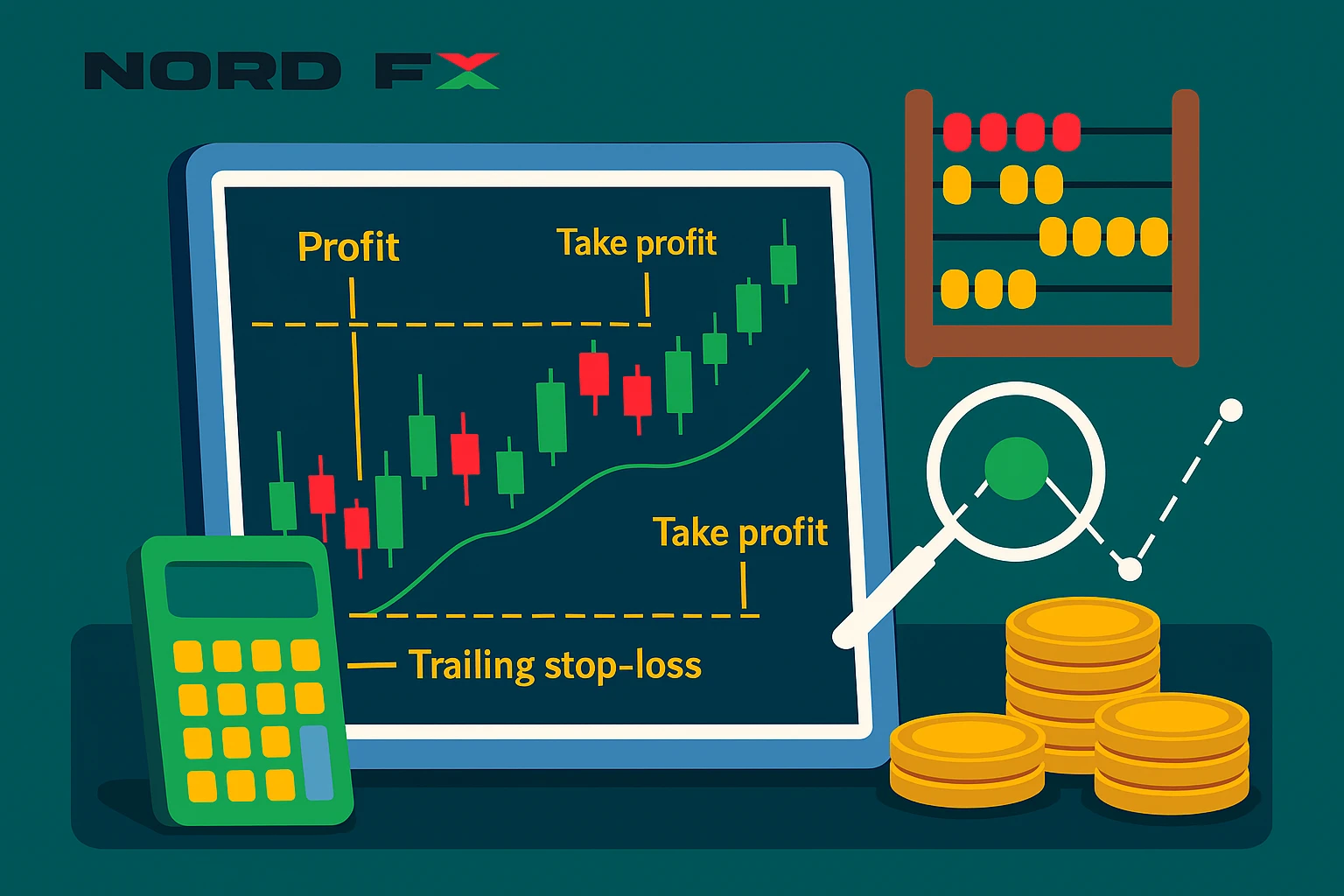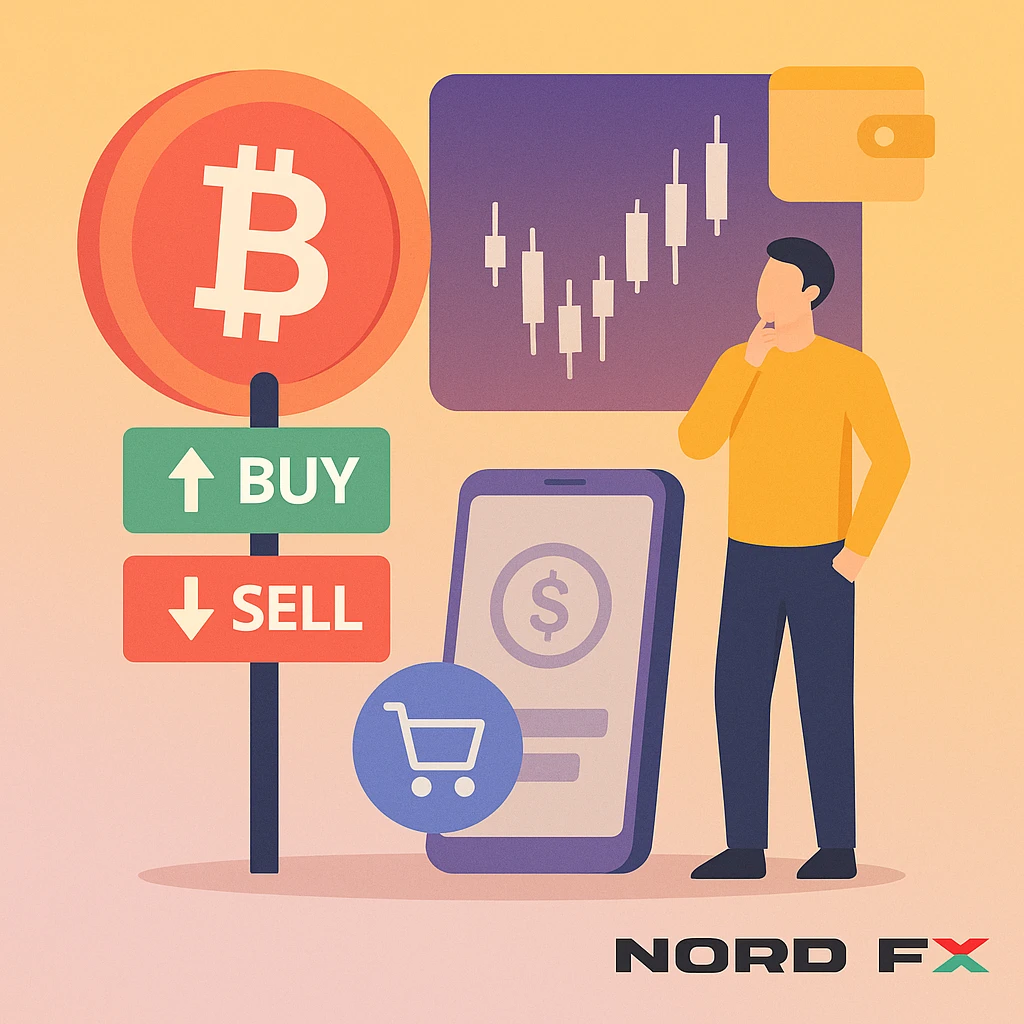In the global financial markets, most traders start their journey with familiar majors like EUR/USD, GBP/USD, or USD/JPY. These pairs dominate daily turnover thanks to deep liquidity, narrow spreads, and stable execution. Yet beyond these majors lies a dynamic world of minor and exotic currency pairs – higher-risk, higher-reward instruments that can test even experienced traders.
Understanding how to manage exposure in these markets is key to improving long-term performance, especially as trading strategies evolve and begin to cross into commodities, crypto and decentralised systems such as DeFi.

What Makes Exotic Pairs Different
In forex, “exotic” pairs typically combine a major currency (like the US dollar or euro) with one from an emerging market – for instance USD/TRY, USD/ZAR, or EUR/THB. These instruments are less liquid, meaning spreads are wider, execution can be slower, and volatility spikes may be sharper.
Lower liquidity magnifies the bid/ask spread, the difference between what you pay to buy and what you receive when you sell. Every pip of spread represents a real cost, so traders working with exotic pairs must adapt their expectations and risk models accordingly.
Another important feature is asymmetric volatility. A calm consolidation on the daily chart can quickly turn into a breakout when a regional central bank acts or political headlines emerge. In these markets, discipline and preparation matter more than prediction.
Controlling Risk Through Position Sizing
The foundation of sound trading is not just forecasting direction but sizing positions properly.
When spreads are wide and price movements unpredictable, reducing position size helps contain risk. For instance, if you normally trade one lot in EUR/USD, you might cut to half or even a quarter of that size in USD/MXN or USD/TRY.
Position sizing should always reflect expected volatility and the distance between entry and stop-loss. Many traders make the mistake of widening stops without adjusting size – a silent multiplier of risk. By scaling down instead, you maintain consistency across different volatility environments.
As part of planning your exposure, it’s useful to review how leverage and margin requirements differ between account types. To see how these parameters vary, you can choose the right account type directly on the NordFX website.
The Role of Trailing Stops
A trailing stop-loss automatically follows your trade as it moves in your favour, protecting profits while giving room for continuation. It’s especially valuable in thin or fast markets, where reversals can be sudden.
Trailing stops and take profit orders can form a safety net when trading both long and short positions. They work best when tested in real conditions, since execution quality in exotics can differ from majors.
Adapting Strategy: Swing and Day Trading
Every pair demands a strategy that fits its nature.
Swing Trading Strategy
A swing trader in exotic currencies may focus on longer moves following consolidation phases. These trades often require wider stop-loss levels, smaller position sizes and a patient mindset. Fundamental drivers such as rate differentials, inflation data, or commodity prices can shape the medium-term trend.
Day Trading Strategy
Day trading exotics calls for caution. Spreads and intraday gaps can eat into profits quickly if you enter too frequently. It’s vital to monitor bid/ask depth and avoid entering right before low-liquidity periods or major local announcements.
Whichever approach you choose, ensure your risk per trade is consistent and based on clear position-sizing rules rather than gut feeling.
The Impact of Market Conditions
Currencies do not move in isolation. Higher-yielding or riskier currencies, such as the Australian dollar or many emerging-market units, often strengthen when global risk appetite improves – and weaken when sentiment turns cautious.
Among developed currencies, GBP can also behave like a risk asset, reacting strongly to fiscal headlines or Bank of England decisions. Understanding these broader dynamics helps traders decide whether to hold, hedge, or reduce exposure during volatile periods.
Traders can follow daily and weekly market updates to stay informed about changing volatility, macroeconomic data, and key central-bank developments that affect these movements.

Beyond Forex: Commodities, DeFi and Stablecoins
Modern traders rarely confine themselves to one market. Cross-asset influences are growing stronger, with commodities, cryptocurrencies and decentralised finance reshaping portfolio strategies.
Commodities and Currency Links
Oil, gold and agricultural prices can affect countries dependent on exports. When commodity prices rise, currencies such as the CAD, AUD, or ZAR often gain support. This relationship can create opportunities but also adds layers of complexity when planning trades.
The DeFi Connection
In the DeFi ecosystem, traders increasingly use stablecoins such as USDT or USDC to park value or move capital between exchanges. These tokens are linked to fiat currencies but rely on smart contracts operating on blockchain networks like Cardano or Solana.
Cardano focuses on formal verification and security of smart contracts, while Solana is known for speed and low transaction costs. Both ecosystems influence investor sentiment toward related assets like ADAUSD and SOLUSD.
Understanding these technologies can help traders navigate the growing overlap between blockchain, forex, and financial markets.
Managing Exposure Across Assets
As brokers integrate multi-asset platforms, it’s now possible to trade both forex and crypto pairs within the same terminal. Popular instruments include BNBUSD, DOGEUSD, DOTUSD, ETCUSD, FILUSD, LINKUSD, LTCUSD, MATICUSD, UNIUSD, and XRPUSD.
While these instruments bring diversity, they also introduce correlation risk. A sharp move in Bitcoin or major altcoins can spill into other risk assets, including exotic currencies. Effective exposure management therefore means viewing the portfolio as a whole – not as isolated trades.
Trailing Stops, hedging techniques, and moderate leverage are practical ways to control this broader risk.
Choosing the Right Platform
For newcomers searching for the best forex trading platform for beginners, usability is only one part of the equation. What truly matters is execution quality, pricing transparency and flexibility of order management.
A reliable platform should allow you to place limit orders within the bid/ask spread, adjust Trailing Stops and take profit orders precisely, access both fiat and crypto pairs under one account, and review slippage and order history clearly.
Such tools make it easier to develop and test market trading strategies for success, especially when working with less-liquid instruments.
Putting It All Together
Trading exotic and minor currency pairs can be both rewarding and challenging. Success depends on three factors: understanding how liquidity affects cost, adapting your strategy to each pair’s volatility profile, and applying disciplined risk control through position sizing and stop management.
Exotic markets reward preparation, not impulsiveness. They require traders to respect liquidity cycles, manage exposure carefully and stay alert to cross-asset shifts from commodities or DeFi. The skills learned here also improve trading performance in major pairs – and even in crypto, where decentralised systems, stablecoins and smart contracts are building a new layer of global finance.
You can explore more guides in the Useful Articles section to deepen your understanding of forex and digital-asset trading, or open a live trading account to apply these concepts in practice.
Go Back Go Back
